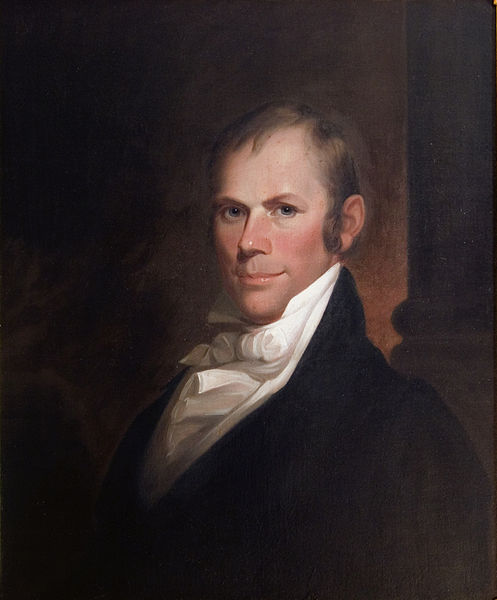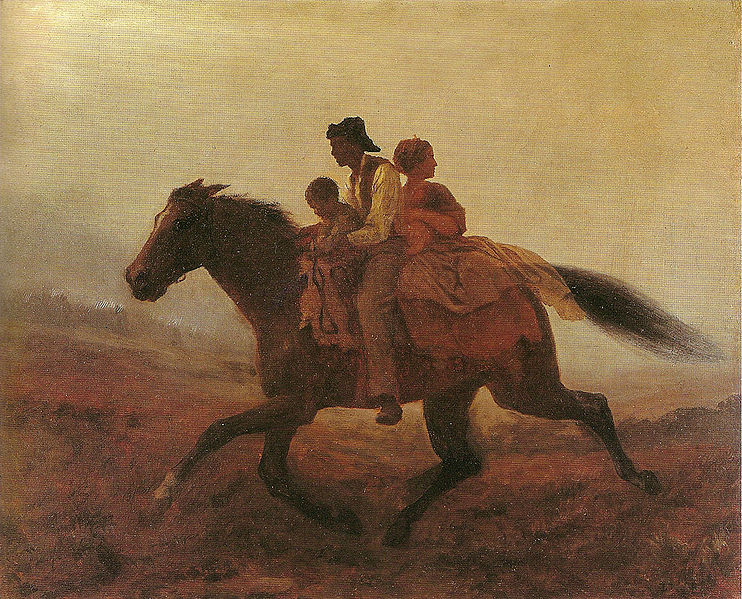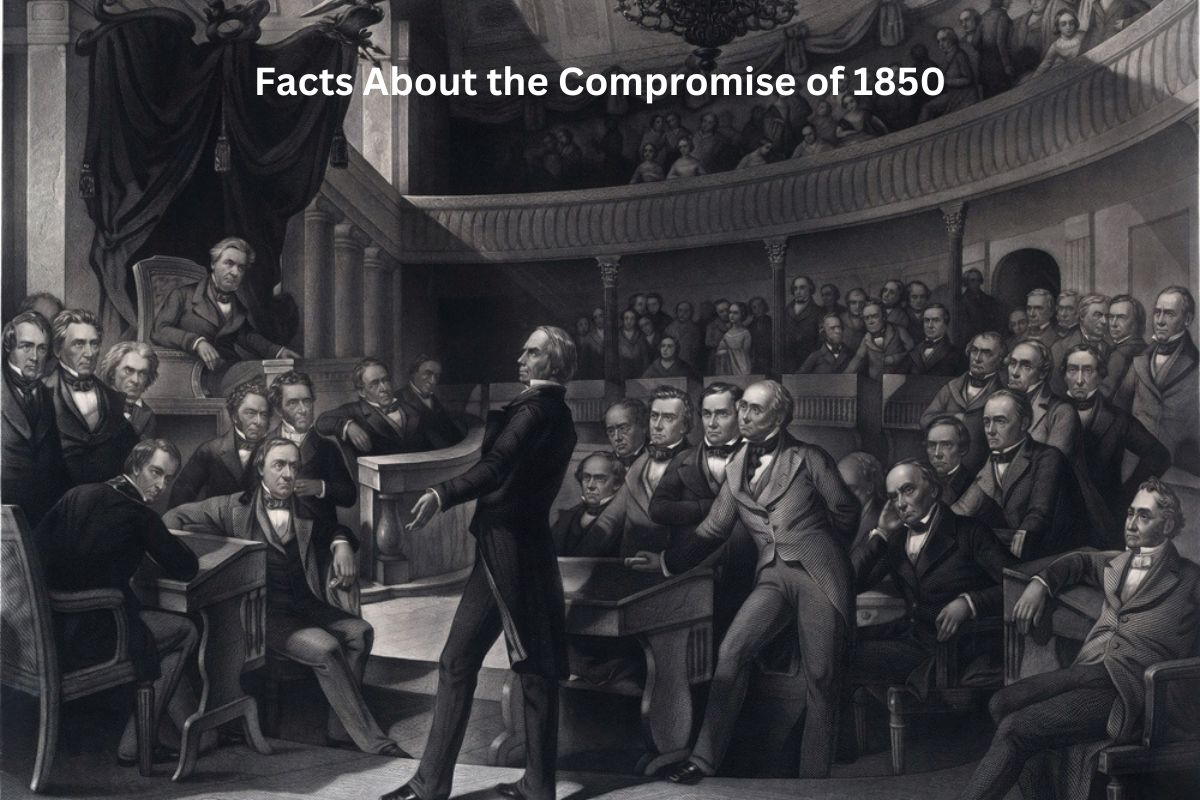The Compromise of 1850 was a pivotal moment in American history, attempting to address the divisive issue of slavery that was tearing the nation apart.
Crafted by Senator Henry Clay and championed by prominent statesmen, it included a series of measures aimed at temporarily alleviating tensions between the North and South.
However, the compromise’s controversial components, including the Fugitive Slave Act, and its failure to provide a lasting solution would ultimately contribute to the eruption of the American Civil War in 1861.
Compromise of 1850 Facts
1. Proposed by Senator Henry Clay
Henry Clay, a prominent American statesman known as the “Great Compromiser,” played a pivotal role in proposing and advocating for the Compromise of 1850.
Also Read: Henry Clay Facts
He had a long history of crafting compromises to preserve the Union, having previously been involved in the Missouri Compromise and the Compromise of 1820.

2. Addressed the issue of slavery
The central issue that the Compromise of 1850 aimed to address was the expansion of slavery into the newly acquired territories of the United States.
This was a deeply divisive and contentious issue, as it pitted the interests of slaveholding states in the South against those of free states in the North. The compromise sought to find a middle ground that could prevent the outbreak of a civil war.
3. Included California’s admission as a free state
One of the most significant components of the Compromise of 1850 was the admission of California as a free state. California had experienced a rapid influx of settlers during the Gold Rush, and its population was largely opposed to slavery.
Also Read: Henry Clay Accomplishments
This admission tilted the balance of power in Congress in favor of free states, as it was admitted without a corresponding slave state to maintain the Senate’s equal representation.
California’s admission as a free state also represented a departure from the tradition of balancing free and slave states when new territories were admitted to the Union. This upset the delicate equilibrium between the North and South, intensifying sectional tensions and Southern concerns about losing political influence.
4. Introduced popular sovereignty in Utah and New Mexico territories
The Compromise of 1850 established the principle of popular sovereignty in the territories of Utah and New Mexico.
This meant that the residents of these territories would decide for themselves, through a vote, whether to allow slavery within their borders when they applied for statehood.
Popular sovereignty was seen as a compromise between the North, which opposed the spread of slavery, and the South, which wanted to protect its interests in new territories.
Popular sovereignty was a departure from the previous policy of Congress deciding the status of slavery in newly acquired territories, as seen in the Missouri Compromise and the Northwest Ordinance.
It was hoped that this approach would defuse tensions by letting the people in each territory determine their own destiny regarding slavery.

5. Resolved the Texas boundary dispute
The Compromise of 1850 resolved a longstanding boundary dispute between Texas and the newly acquired territories of New Mexico. Texas had claimed a significant portion of what is now New Mexico, and this dispute had been a source of contention.
Under the compromise, Texas agreed to relinquish its claims in exchange for financial compensation from the federal government. This resolution helped remove a potential flashpoint for conflict.
6. Included the controversial Fugitive Slave Act
One of the most controversial aspects of the Compromise of 1850 was the inclusion of the Fugitive Slave Act. This law required that escaped slaves be captured and returned to their owners, even if they had fled to free states.
It also imposed heavy penalties on those who aided or harbored escaped slaves. The Fugitive Slave Act was particularly contentious in the North, where many people opposed slavery and were now compelled by law to assist in its enforcement.
The Fugitive Slave Act provoked strong opposition and resistance in Northern states, contributing to the growing tensions between the North and the South.
It led to dramatic and sometimes violent confrontations, as abolitionists and sympathizers attempted to protect escaped slaves from recapture. This further deepened the divide between the regions and heightened the sense of injustice in the North, pushing the nation closer to the brink of civil war.

7. Passed with the help of the “Great Triumvirate”
The Compromise of 1850 owed much of its success to the efforts of three prominent Senators known as the “Great Triumvirate.” These three statesmen were Henry Clay of Kentucky, Daniel Webster of Massachusetts, and John C. Calhoun of South Carolina.
Henry Clay, who had a reputation for crafting compromises, played a pivotal role in drafting and advocating for the Compromise. Daniel Webster, a renowned orator and statesman, delivered a famous speech in support of the compromise, urging unity and preservation of the Union.
John C. Calhoun, a strong advocate for Southern interests, also made significant contributions but did not live to see the compromise’s final passage.
8. Temporarily eased tensions over slavery
The Compromise of 1850 succeeded in temporarily easing tensions over the issue of slavery. It offered a series of measures that, at least temporarily, provided some degree of balance between the interests of slaveholding and free states.
With California’s admission as a free state, the resolution of the Texas boundary dispute, and the implementation of popular sovereignty in Utah and New Mexico, it seemed like a compromise that could prevent the outbreak of a civil war.
9. Disrupted the balance of power in Congress
California’s admission as a free state significantly disrupted the balance of power in Congress. Prior to its admission, there had been an equal number of slave and free states in the Senate.
However, with California’s entry as a free state, the balance tipped in favor of free states, leading to concerns among Southern states that their interests were being undermined.
This shift in power dynamics intensified Southern fears of Northern dominance and further exacerbated sectional tensions, as it meant that legislation detrimental to slavery’s interests could be passed more easily in Congress.
10. Ultimately failed to prevent the Civil War
While the Compromise of 1850 temporarily calmed tensions and delayed the outbreak of the Civil War, it did not provide a lasting solution to the underlying issues of slavery and states’ rights. The fundamental disagreements between the North and the South over the expansion of slavery persisted.
The controversial Fugitive Slave Act, in particular, fueled Northern opposition to the compromise and increased antislavery sentiment. Additionally, as new territories were acquired, such as Kansas and Nebraska, the question of whether they would allow slavery reignited the conflict, leading to the violent events of “Bleeding Kansas.”
Ultimately, the Compromise of 1850 was unable to prevent the deepening divide between the Northern and Southern states, and it became clear that a more comprehensive and lasting resolution would not be found through compromise alone. This division ultimately culminated in the outbreak of the American Civil War in 1861.
